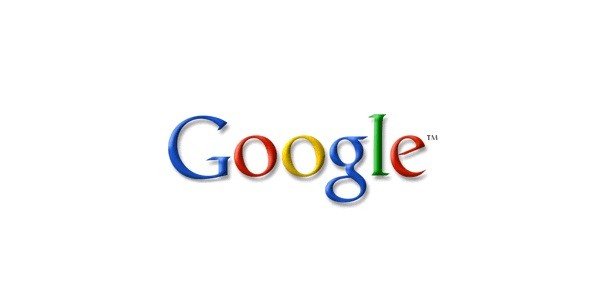A few days ago Google changed the way the company is dealing with social media.
Since the launch of its Social Search in 2009, Google’s social media was kept a little hidden from the general public. You had to know about it and opt-in through Google Labs. Once you did, Google’s search results page would display the results to your query as it is vetted by machines (logarithms) and by people – what did your personal contacts on the social search wrote about it. The results of people’s recommendations were displayed at the bottom of the page. All that would appear only to those who signed up for the service.
On Feb 17, 2011 Google unveiled its changes to the Social Search, publishing it in beta and turning it on for all who are signed in, in English (so far).
With this new integration, which includes Google images as well, Google is introducing a tie to social search outside its own circle, from Twitter, Flickr and Quara. It uses social profile connected to your profile on Google to deliver items such as photos or blogs and tweets that come from you friends.
The search results will not appear, as they did until now at the bottom of the page, but will be integrated in the search itself, blended throughout the page. This is done through a system that lets you know when a friend shared a specific link or search result in the subject of your query. It appears in the search result page under the site’s url.
In other words, now you can see what your friends have recommended, not only what the logarithms have found out, making the search more personal and specific.
The other change is in its appearance in the search results. Any comment done by your friends on Twitter for example will appear as an annotation saying that your friend “shared this”. The more recommendations, the higher this site will go in the ranking.
Users have control over what gets displayed in social searches. The user page gives the ability to connect their profiles publicly or privately, to their other Google accounts, Twitter etc.
One thing this update does not include is a connection to Facebook. Not at the moment anyway. While still in beta, the rollout will occur in the next few days.
What does it mean?
Even though this announcement went through pretty quietly, it might create a shock wave as far as SEO goes. Search Engine Optimizations means making your site as visible as possible. To be visible, your site should appear on the first page of Google. The ranking on the page is determined by rules Google has put in place years ago: the size of the site, the activity on the site, the backlinks and the keywords that relate to the specific query, among other things.
Now, with the new Google social search – what was written about the subject using social media will have an impact on the placement on the page. The more people wrote and commented about the subject, the higher on the page the article or site will go. Social media, especially those sites connected to Google social search, have become more important in the placement of the search results.
What’s more; the search results may appear differently to different people depending on their circle of friends! If many of your friends talked about a ski resort in Alaska – this resort will move up in your page, but not in mine. Those who didn’t sign up for the social search will get different search placements without the comments, since only the user of the service will be able to see those elements.
With this swipe, Social Media has become more important in Search Engine Optimization. That is, if this service will grow in popularity.
Sources:




